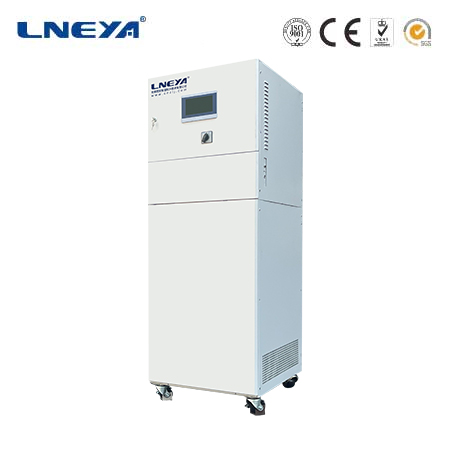unit of chiller capacity
Introduction to Chiller Capacity Units
Chiller capacity is a fundamental specification that indicates how much heat a chiller can remove per unit of time. It is essential for designing and selecting cooling systems that meet the thermal demands of buildings or industrial processes. The unit of chiller capacity is typically expressed in tons of refrigeration or kilowatts (kW), with each unit representing a standardized amount of cooling power.

Common Units of Chiller Capacity
Tons of Refrigeration: One ton of refrigeration is the amount of heat required to melt one ton of ice in 24 hours. It is a traditional unit used in the United States and is approximately equivalent to 12,000 British thermal units per hour (Btu/h).
Kilowatts (kW): This metric unit is widely used internationally and represents the rate of energy conversion or consumption. A chiller with a capacity of 1 kW removes 1 kW of heat per hour.
Factors Affecting Chiller Capacity
Cooling Load: The heat generated by occupants, equipment, and external climate determines the cooling load and, consequently, the required chiller capacity.
System Efficiency: Chillers with higher coefficient of performance (COP) values provide more cooling per unit of energy consumed, indicating better efficiency.
Importance of Matching Capacity to Application Requirements

Oversized Chillers: Chillers that are too large for the application can lead to inefficient operation and higher energy costs due to frequent cycling on and off.
Undersized Chillers: Insufficient capacity can result in a chiller that cannot meet the cooling demand, leading to thermal discomfort or process disruptions.
Impact of Chiller Capacity on Energy Efficiency
Optimal Capacity: Selecting the right capacity ensures that the chiller operates at its most efficient points, minimizing energy consumption.
Part-Load Performance: Chillers should be selected based on their ability to operate efficiently at part-load conditions, as they often do not operate at full capacity continuously.
Guidance on Capacity Selection for Various Applications
Commercial Buildings: Chiller capacity should be based on the building’s cooling load, which can be calculated using factors such as square footage, occupancy, and local climate data.
Industrial Processes: The capacity must match the heat rejection requirements of the process, which may vary based on production rates and operational cycles.
Conclusion

Understanding the unit of chiller capacity is vital for the proper design and operation of cooling systems. Selecting the appropriate capacity based on the application’s needs ensures optimal performance, efficiency, and cost-effectiveness. As technology advances, new metrics and technologies may emerge, further enhancing the precision of capacity selection and system optimization.
Note: This article is for informational purposes only and does not endorse any specific product or service. It is essential to consult with a qualified professional when determining the chiller capacity required for a specific application to ensure it meets the necessary performance and efficiency standards.
Related recommendations
lab chillers
319Lab Chillers: A Comprehensive GuideLab chillers are specialized cooling systems designed to provide accurate and stable temperature control in laboratory environments. These chillers play a vital...
View detailswater bath in the laboratory
375Introduction to Water Bath in the LaboratoryA water bath is a scientific apparatus used to maintain a steady temperature for prolonged periods when incubating samples. It is preferred over an open...
View detailsindustrial water chiller system
265Introduction Industrial water chiller systems are sophisticated cooling apparatuses designed to meet the high - demand heat - removal requirements of industrial processes. These systems play a...
View detailsclosed loop chillers
330Introduction Closed loop chillers play a pivotal role in modern cooling applications. Unlike open loop systems, closed loop chillers operate with a coolant that circulates within a completely ...
View details
 LNEYA Thermal Test Chillers
LNEYA Thermal Test Chillers






HelloPlease log in